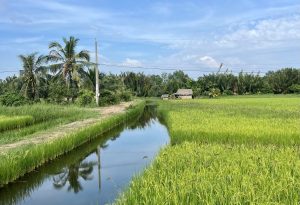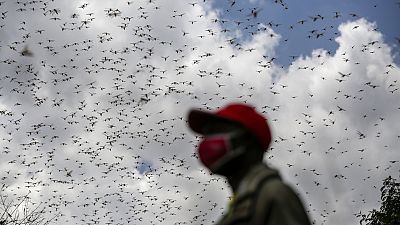MPS MUST OPPOSE US/UK NUCLEAR ARMS ACCORD
Sunak visits Biden in the Oval Office. (Photo: Simon Walker / No 10)
The “special relationship” is a longstanding refrain in British politics, used to justify so much that’s bad in UK foreign policy choices.
I recall in 2002 when Tony Blair agreed Britain had to pay a “blood price” to secure its special relationship with the US. We all know how that ended up.
But it wasn’t Blair who paid the blood price – it was 179 British service personnel, killed in an illegal war, and hundreds of thousands of Iraqis, and countless more injured, displaced and traumatised.
Much that feeds war can be notched up to the US/UK special relationship, but it goes far beyond providing diplomatic and military cover and assistance to US enterprises.
That relationship is also responsible for the development of the UK’s nuclear arsenal and its continued possession of these weapons of mass destruction.
The special nuclear relationship is facilitated by the US-UK Mutual Defence Agreement (MDA) – the world’s most extensive nuclear sharing agreement.
Even though it comes up for renewal in parliament every ten years, few seem to know of its existence.
Neither do many know the extent to which it makes us dependent on the US – or indeed that it underpins the wider relationship between the US and UK.
Nuclear weapons
Its full name is the “Agreement between the UK and the USA for cooperation in the Uses of Atomic Energy for Mutual Defence Purposes”.
The agreement initially enabled both countries to exchange classified information to develop their respective nuclear weapon systems.
But at the start, the MDA prohibited the transfer of nuclear weapons. However, an amendment in 1959 allowed for the transfer of nuclear materials and equipment between both countries up to a certain deadline.
This amendment is extended through a renewal of the treaty every ten years, most recently in 2014 without any parliamentary debate or vote.
The British public and parliamentarians initially found out about that extension and ratification when President Obama informed the US Congress. The next renewal is due in parliament later this year, and we are determined that this time it will not go unchallenged.
Renewing such agreements on the nod, without transparency or accountability is never a good thing. When it ties us so tightly to nuclear cooperation with the White House, at a time of increasing nuclear risk, this is an even greater cause for concern.
Usable nukes
Recent US policies have pursued “usable” nukes, for deployment in an increasing range of scenarios, with a bottomless pit of funding available for nuclear modernisation. The time has come to really vigorously oppose this Agreement.
It also puts us at odds with our commitments under the international Non-Proliferation Treaty, which seeks to stem the spread of nuclear technology.
The relationship and activities which are enshrined by the MDA confirms an indefinite commitment by the US and UK to collaborate on nuclear weapons technology and violates both countries’ obligations as signatories to the NPT.
The NPT states that countries should undertake “to pursue negotiations in good faith on effective measures relating to… nuclear disarmament”. Rather than working together to get rid of their nuclear weapons, the UK and US are collaborating to further advance their respective nuclear arsenals.
Indeed, a 2004 legal advice paper by Rabinder Singh QC and Professor Christine Chinkin concluded that it is “strongly arguable that the renewal of the Mutual Defence Agreement is in breach of the nuclear Non-Proliferation Treaty”.
This was so since it implies “continuation and indeed enhancement of the nuclear programme, not progress towards its discontinuation”.
Independent foreign policy
It’s just not possible for the UK to have an independent foreign policy, or defence and security policies, if it remains attached at the hip to the US nuclear programme.
The UK government’s claim that its submarine-based Trident nuclear weapons system is independent is false. It is technically and politically dependent on the US, largely due to the MDA.
Due to the MDA, the UK relies on the US for many aspects of Trident. The UK’s nuclear warhead is a copy of the US one, with some components directly bought from the US.
With the UK’s warheads expected to be non-operational by the late 2030s, a decision on their replacement will be intrinsically linked to the work taking place as part of the MDA.
“The US exercises significant leverage over the UK’s foreign and defence policy”
The UK leases from the US the Trident II D5 missiles it uses and British submarines must regularly visit the US base in Kings Bay, Georgia, for the maintenance and replacement of these missiles.
By having such direct involvement in Britain’s nuclear weapons technology, the US exercises significant leverage over the UK’s foreign and defence policy.
Even the most establishment characters must now be able to see that unquestioning allegiance to the US is out of the question.
So with the MDA coming up for renewal again, now is the time to start asking the questions, raising the protest, and making the case for independence.
It’s time for the special nuclear relationship to end. CND will be ensuring that the issue is raised vigorously within parliament, and calling on all our supporters to lobby their elected representatives to that effect.















